Are You Ready To Live a Pain-Free Life?
To get the best possible treatment:
- Follow-up visits and physical therapy appointments.
- Follow-up the instructions for at-home exercises.
Ready for your first treatment? Don’t delay any further.

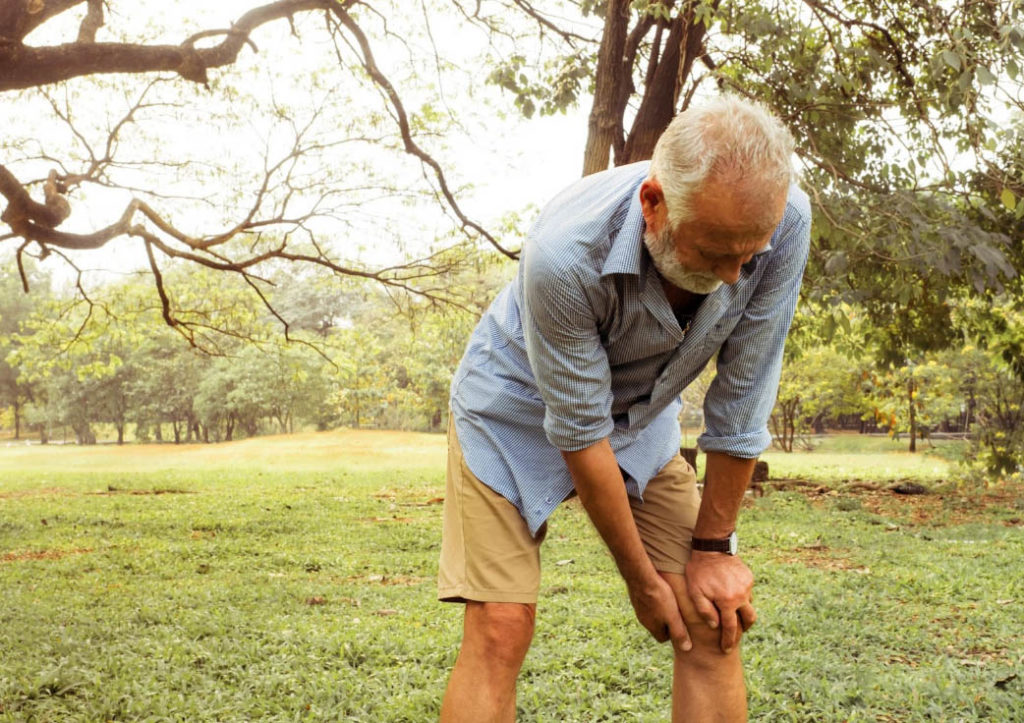
Welcome to Kent Chiro-Med, Ottawa’s leading center for physiotherapy for arthritis. Our specialized, drug-free treatment programs are designed to relieve joint pain, reduce stiffness, and restore mobility, empowering you to live a more active, pain-free life.
Did you know there are more than 100 types of arthritis pain relief? At Kent Chiro-Med Wellness Clinic, our physiotherapy for arthritis approach combines innovative physical therapy techniques and manual therapy to reduce joint pain and stiffness. Whether you’re managing osteoarthritis or knee arthritis, our personalized treatment plan is designed to help you move freely again.
We provide expert assessment and multidisciplinary care for patients with arthritis and related disorders. Our innovative physiotherapy for arthritis program integrates manual therapy, specialized physical therapy assessments, and personalized exercise plans—all designed to reduce pain and improve joint function in Ottawa.
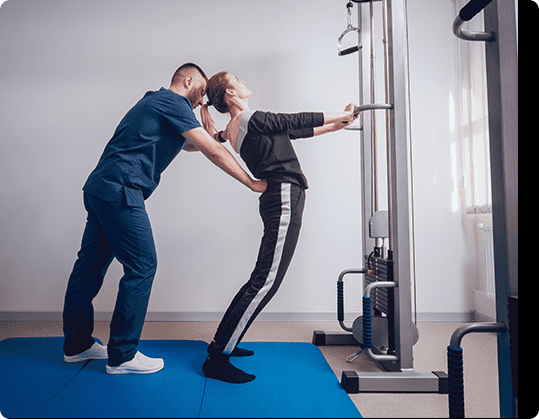
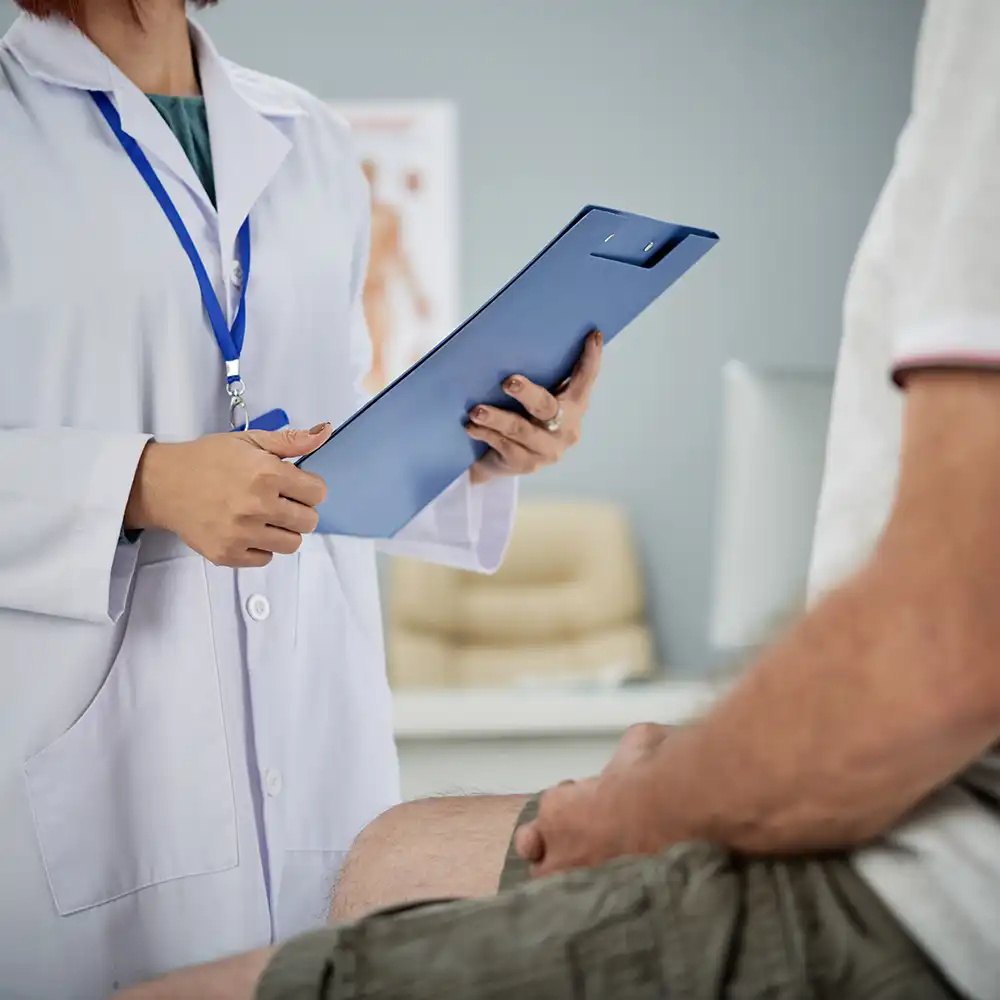
Our team at Kent Chiro-Med Wellness Clinic in Ottawa designs individualized plans to address various forms of arthritis, including osteoarthritis and rheumatoid arthritis. Our treatment includes:
This comprehensive approach ensures that every aspect of your condition is managed with care and precision.
Cold therapy/icing can help relieve pain when the problem flares up. Physiotherapists can utilize various pain management techniques, depending on the severity of the condition.
If you are suffering from arthritis, or you think you may be experiencing arthritic symptoms, contact Kent Chiro-Med Wellness Clinic in Ottawa today to schedule an appointment.
If you don’t wish to be a part of these statistics, keep reading to find out more.
Arthritis is a condition in which one or more of your joints swell and become tender. The common symptoms are:
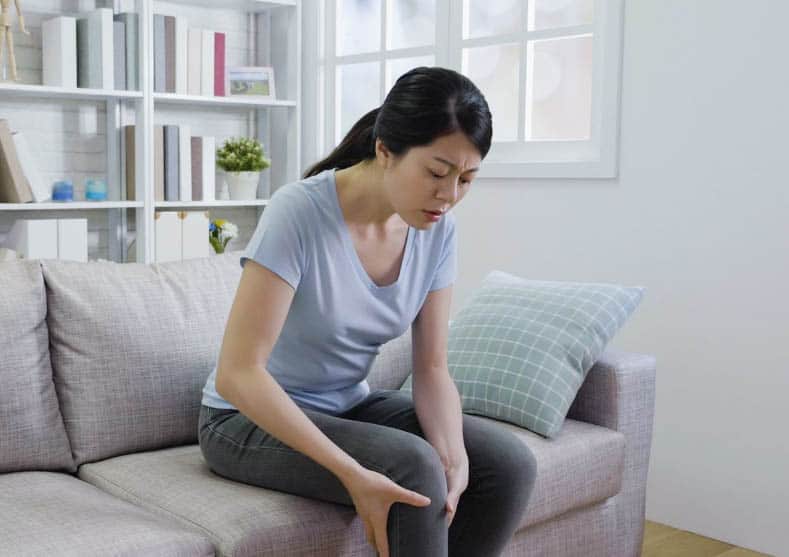
Exercising daily will not cure arthritis, but our comprehensive physiotherapy for arthritis program can significantly alleviate symptoms. Our expert physical therapists develop tailored exercise programs to relieve joint pain, reduce stiffness, and improve overall mobility. By incorporating manual therapy, heat/cold therapy, and targeted strength training, we help you manage arthritis naturally—reducing the need for medications and improving your quality of life in Ottawa.
A physical therapist can also teach you a variety of exercises that will help you target certain muscles in your body to reduce pain. This way, you can avoid taking pain-relief medications and improve your mobility.
There are several other ways in which a physical therapist may be able to assist you. For example, hands-on therapy, which is a combination of a variety of massage methods, relieves arthritis pain. Similarly, icing can help reduce swelling and inflammation in the joints. Acupuncture (dry needling) or hydrotherapy (utilizing water to reduce pain) are other options to reduce arthritis pain.
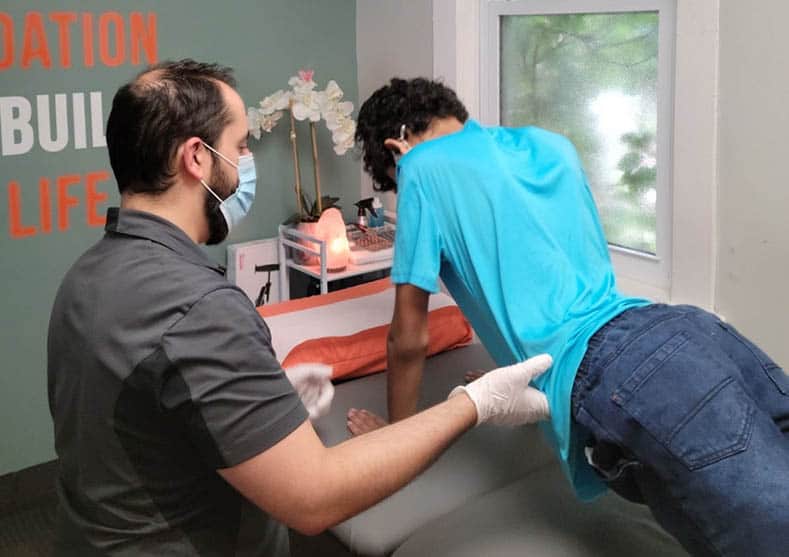
Protecting Your Joints
To reduce the tension and compression on your joints, it’s critical to keep your posture correct. Alternate heavy or repetitive jobs with lighter ones to keep your pace. Raised chairs, grab bars in showers, ramps, and steps are examples of assistive devices that can help to protect your joints.
We’ll figure out which exercises will help you avoid harming yourself in the future and provide pain relief for your arthritis during daily tasks. Increase your range of motion with the help of your chiropractor, massage therapist, and physiotherapist.
If you or someone you know suffers from arthritis, don’t put off treatment until you need joint replacement surgery. Early physiotherapy treatment can assist in delaying the progression of the condition or perhaps eliminate the need for surgery. Participating in treatment before surgery can also aid in your post-surgical recovery.
Call our office today to check out how we can help you live a pain-free life.
The common symptoms are stiff, achy, or painful joints, particularly when you first wake up. It’s not uncommon to have other symptoms as well, such as pain, discomfort, muscle spasms, and inflammation that may spread to other parts of the body.
Osteoarthritis (OA) is a degenerative kind of arthritis that was previously known as “wear-and-tear arthritis.” It can happen as a result of the aging process, which causes the cartilage in joints to break down over time. This can cause discomfort, stiffness, edema, and a bone-on-bone reduction in the affected joint’s range of motion. The knees, hips, and ankles are the joints most typically affected by osteoarthritis.
When the body’s defensive system targets the tissues of our joints instead of germs, viruses, or other external particles, we get inflammation of the joints, which results in Rheumatoid Arthritis. Rheumatoid arthritis (RA) is the most prevalent form of inflammatory arthritis, affecting several joints as well as internal organs like the lungs and heart. It can cause stiffness and jolting, as well as heated, swollen, and painful joints.
While there is no cure, there are several things you may do to help reduce the disease’s growth and alleviate symptoms.
Physical therapy is crucial in the treatment of arthritic symptoms, regardless of the cause. Your physical therapist will perform a physical examination to assess joint movement, muscle strength, and overall function to pinpoint the specific areas giving you pain. After that, you’ll be given a treatment plan that’s tailored to you. It may include targeted exercises, manual therapy, heat or ice therapy, hydrotherapy, and electrical stimulation. Additional services such as weight management techniques, and/or posture improvement to relieve stiffness can also be included in your treatment plan.
The simple answer is, yes. While arthritis can affect any joint, the fingers, elbows, shoulders, lower back, hips, and knees are among the most commonly affected.
While there is no cure for arthritis, physical therapy treatment can help to relieve arthritic symptoms by improving joint movement, muscle strength, balance, and coordination. Physical treatment may be able to completely eradicate symptoms in some cases. It is to your best advantage to speak with a physical therapist as soon as possible for better outcomes.
To get the best possible treatment:
Ready for your first treatment? Don’t delay any further.